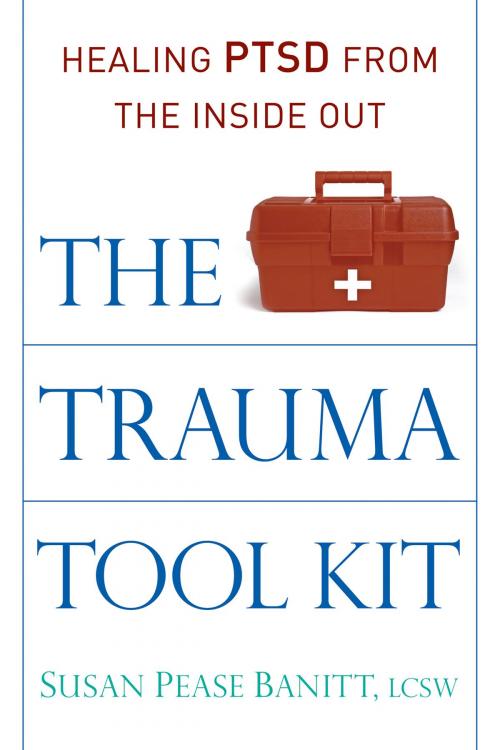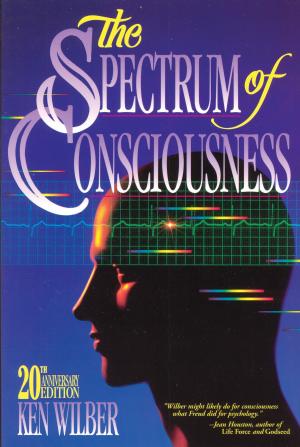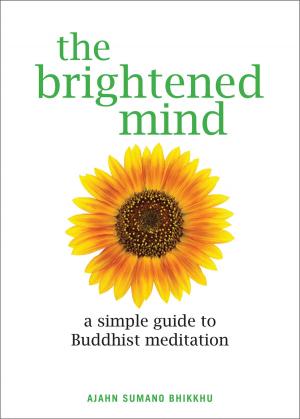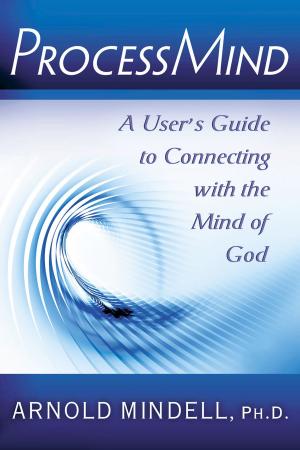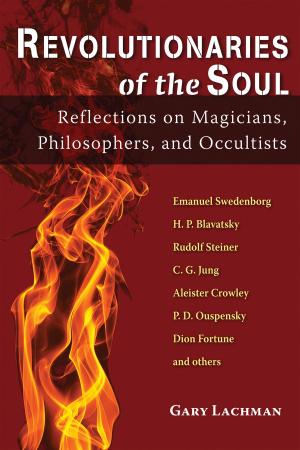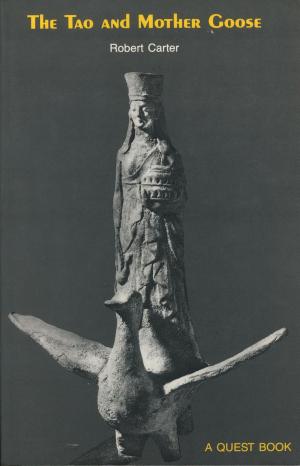The Trauma Tool Kit
Healing PTSD from the Inside Out
Nonfiction, Health & Well Being, Psychology, Mental Illness| Author: | Susan Pease Banitt LCSW | ISBN: | 9780835630412 |
| Publisher: | Quest Books | Publication: | December 19, 2012 |
| Imprint: | Quest Books | Language: | English |
| Author: | Susan Pease Banitt LCSW |
| ISBN: | 9780835630412 |
| Publisher: | Quest Books |
| Publication: | December 19, 2012 |
| Imprint: | Quest Books |
| Language: | English |
2013 Nautilus Silver Award Winner!
In 2010 the Department of Veterans Affairs cited 171,423 Iraq and Afghanistan war veterans diagnosed with PTSD, out of 593,634 total patients treated. That’s almost 30 percent; other statistics show 35 percent. Nor, of course, is PTSD limited to the military. In twenty years as a therapist, Susan Pease Banitt has treated trauma in patients ranging from autistic children to women with breast cancer; from underage sex slaves to adults incapacitated by early childhood abuse. Doctors she interviewed in New York report that, even before 9/11, most of their patients had experienced such extreme stress that they had suffered physical and mental breakdowns. Those doctors agree with Pease Banitt that stress is the disease of our times. At the 2009 Evolution of Psychotherapy conference Jack Kornfield noted, “We need a trauma tool kit.” Here it is.
Most people, Pease Banitt says, experience trauma as a terminal blow to their deepest sense of self. Her techniques restore a sense of wholeness at the core level from which all healing springs. The uniqueness of her book lies in its diversity and accessibility. She assesses the values and limitations of traditional and alternative therapies and suggests methods that are universally available. Almost anybody can grow some lavender in a pot, she notes, or find a tree to sit under, a journal to write in, or Epsom Salts in which to soak. They can learn exercises of the mind and breath work to regulate the body. Besides such resources, Pease Banitt’s tools for healing include:
- Skills to build a first-aid kit to respond to any traumatic event
- Insight into the causes of stress mentally and physically
- Motivation to deal with stress sooner rather than later
- An insider’s knowledge about maintaining health
- The ability to make good decisions for effective interventions
- Increased resilience to overwhelming events
She closes with a look at public policy and public health issues and the need for new therapeutic models. If trauma is the disease of our time, then healing from trauma individually and globally can pave the way for a brighter future. This book provides the tools.
2013 Nautilus Silver Award Winner!
In 2010 the Department of Veterans Affairs cited 171,423 Iraq and Afghanistan war veterans diagnosed with PTSD, out of 593,634 total patients treated. That’s almost 30 percent; other statistics show 35 percent. Nor, of course, is PTSD limited to the military. In twenty years as a therapist, Susan Pease Banitt has treated trauma in patients ranging from autistic children to women with breast cancer; from underage sex slaves to adults incapacitated by early childhood abuse. Doctors she interviewed in New York report that, even before 9/11, most of their patients had experienced such extreme stress that they had suffered physical and mental breakdowns. Those doctors agree with Pease Banitt that stress is the disease of our times. At the 2009 Evolution of Psychotherapy conference Jack Kornfield noted, “We need a trauma tool kit.” Here it is.
Most people, Pease Banitt says, experience trauma as a terminal blow to their deepest sense of self. Her techniques restore a sense of wholeness at the core level from which all healing springs. The uniqueness of her book lies in its diversity and accessibility. She assesses the values and limitations of traditional and alternative therapies and suggests methods that are universally available. Almost anybody can grow some lavender in a pot, she notes, or find a tree to sit under, a journal to write in, or Epsom Salts in which to soak. They can learn exercises of the mind and breath work to regulate the body. Besides such resources, Pease Banitt’s tools for healing include:
- Skills to build a first-aid kit to respond to any traumatic event
- Insight into the causes of stress mentally and physically
- Motivation to deal with stress sooner rather than later
- An insider’s knowledge about maintaining health
- The ability to make good decisions for effective interventions
- Increased resilience to overwhelming events
She closes with a look at public policy and public health issues and the need for new therapeutic models. If trauma is the disease of our time, then healing from trauma individually and globally can pave the way for a brighter future. This book provides the tools.
